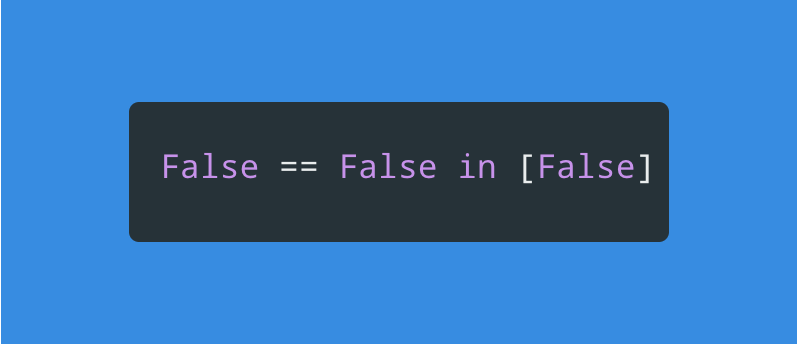
Learning about containers will open many doors for you.
If you are a Machine Learning Engineer, containerization is a must.
For the most part, "deploying machine learning" has a lot to do with containers.
If you are a Machine Learning Engineer, containerization is a must.
For the most part, "deploying machine learning" has a lot to do with containers.
There are a couple of ways you can approach this:
Understanding how containers work, building blocks, the standardized API, etc.
Or, you can start with Docker, find a few examples of how to use it, and progress from there.
Understanding how containers work, building blocks, the standardized API, etc.
Or, you can start with Docker, find a few examples of how to use it, and progress from there.
I've been deploying things inside Docker containers for years now.
I'm sure I can't explain most of the things happening behind the scenes.
Anyone with that knowledge is in a much better position, for sure, but that doesn't mean that I can't get my work done correctly.
I'm sure I can't explain most of the things happening behind the scenes.
Anyone with that knowledge is in a much better position, for sure, but that doesn't mean that I can't get my work done correctly.
We all learn things differently. We all have a different way of approaching the field.
Find out what's the most effective way you can progress and go for it!
Find out what's the most effective way you can progress and go for it!
• • •
Missing some Tweet in this thread? You can try to
force a refresh






